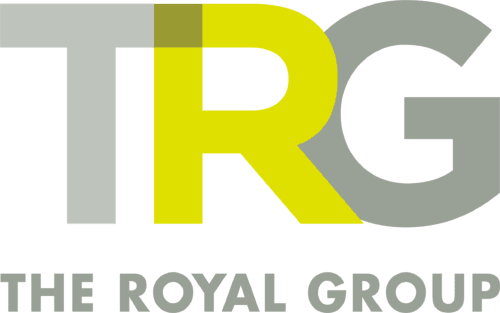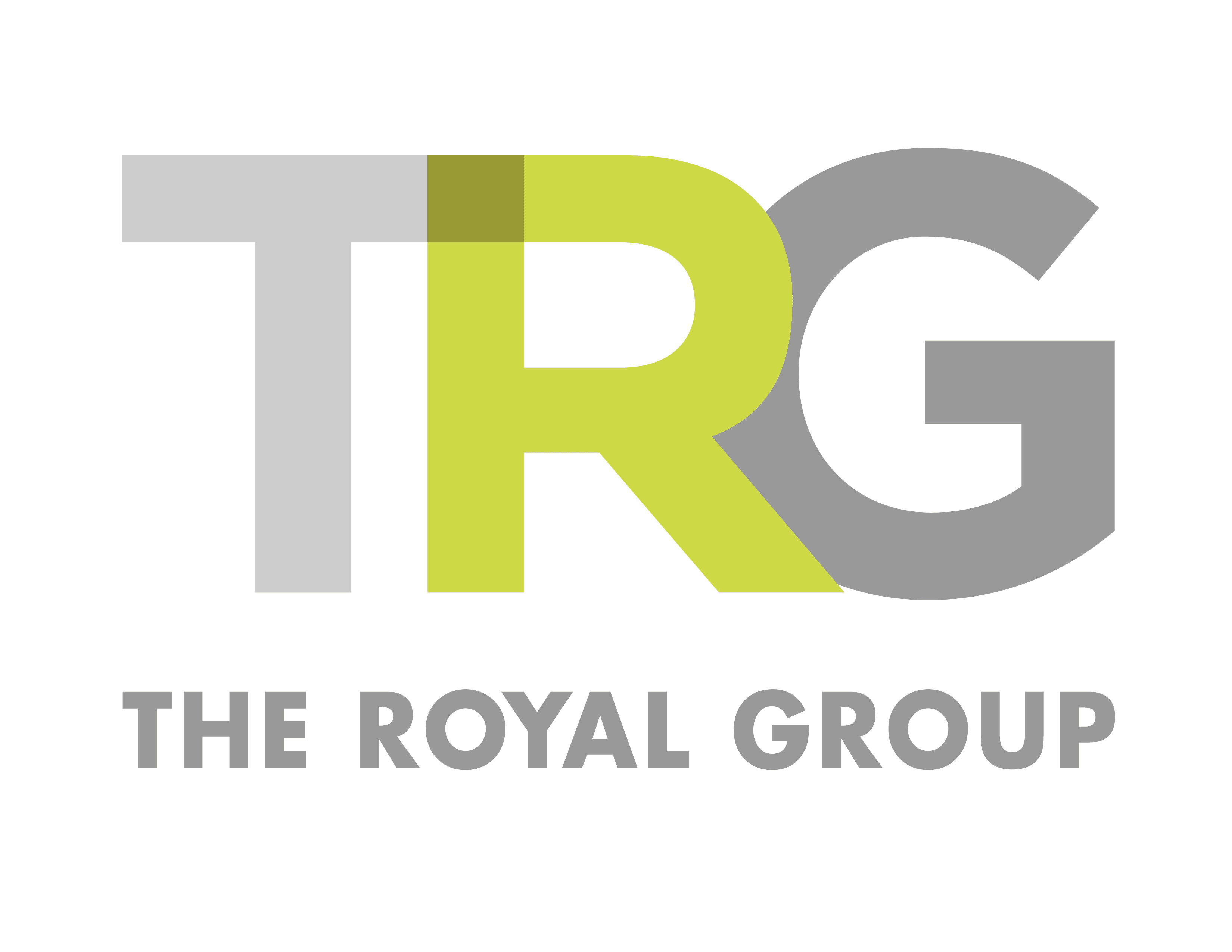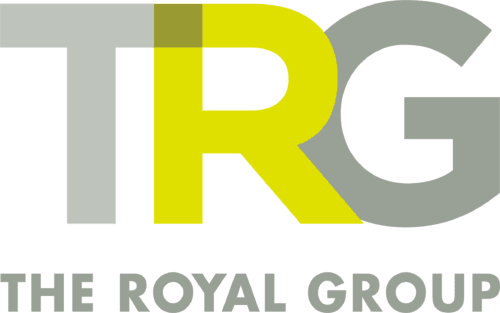Point of Purchase Displays
Expert Project Management & Retail Execution
At The Royal Group, we specialize in crafting impactful point-of-purchase (POP) displays that not only capture consumer attention but also serve as cost-effective tools to convey product information and brand messaging. Given that a significant portion of in-store purchases are unplanned, strategically designed POP displays can significantly influence buying decisions by appealing to impulse buyers.
Creating effective point-of-purchase displays requires a blend of thorough research, innovative design, and reliable execution. Our approach combines deep consumer insights, creative design, and a clear understanding of merchandising mechanics to maximize program effectiveness and return on investment (ROI). From concept to completion, TRG ensures seamless supply chain execution, delivering displays that enhance brand visibility and drive sales.
With our latest acquisition, TRG expands its capabilities in custom permanent retail displays and branded environments. With enhanced access to advanced production methods, innovative materials, and cutting-edge technology, we create retail solutions that guide, educate, and inspire shoppers at the point of sale.Learn more at www.twm360.com
Let’s transform your retail strategy and make every shopper’s experience unforgettable!
Point-of-Purchase Displays: Engage Shoppers & Skyrocket Sales

Temporary Retail Displays
Temporary retail displays provide secondary placement on the retail floor to drive discovery, sales lift, awareness, and inspirational seasonal promotions.

Permanent Retail Displays
Your Single Source Solution From Start to Finish!

Insights & Case Studies
Concept Ideation & Design
Prototypes & Value Engineering

Project Management
Printing & Manufacturing
ISTA Testing

Assembly & Fulfillment
Logistic & Distribution Services
Full Range Packaging Supply
Why Partner with TRG for Your Next In-Store Program?
Best Quality
Experience the best in quality with our premium displays, designed to captivate customers and elevate your brand's presence in-store.
Creative Design
Our creative design solutions transform spaces, blending innovation and functionality to deliver visually striking displays that engage and inspire shoppers.
Eco Friendly
Our eco-friendly displays are crafted with sustainability in mind, using environmentally conscious materials and designs that reduce waste while still delivering exceptional visual impact.
Our point-of-purchase displays are crafted to deliver consumer action
Our Products
Our promotional POP display portfolio includes but not limited to:
Frequently Asked Questions
Elevate your product visibility and brand impact with TRG’s expertly crafted retail displays designed to captivate shoppers and drive sales.
TRG offers a wide range of point of purchase displays, including countertop displays, floor-standing displays, and endcap displays, tailored to your unique product and branding needs. Our displays are versatile and can be customized to suit various industries and product types.
At TRG, we have a dedicated team of experienced designers who work closely with you to create custom temporary displays that align with your brand and product requirements. We offer design consultations, prototyping, and various material and printing options to ensure your displays stand out and effectively communicate your message.
Yes, TRG is committed to sustainability. We offer environmentally friendly display solutions made from recyclable and sustainable materials. Our team can also assist in designing displays that minimize waste and environmental impact while still achieving your display goals.
Innovations In POP Displays
Our digital department offers the best solution for point of purchase displays to meet your demands.
customer, retail, packaging, point of sale, merchandising, supply chain, aisle, logistics, prototype, custom pop displays, consumer, customer service, signage, customer experience, made in usa, slatwall, ink, inventory, price, footwear, quality control, custom display, pop displays, point of purchase, end cap displays, floor displays, custom product displays, custom displays, pos, custom point, retail displays, stock displays, pop and pos, retail pop displays, floor display, retail display, custom retail displays, custom pop display, product displays, brand awareness, impulse purchase, target audience, point of purchase displays, product, shelf, online shopping, brick and mortar, visibility, product placement, behavior, pallet, cash register, consumer behaviour, department store, visual merchandising, pop display, attention, online advertising, accessibility, countertop, mobile app, point of sale display, vendor, shopping cart, cart, research, sales promotion, customer engagement, revenue, sustainable packaging, pop display manufacturers, sale displays, shop pop displays, shop pop display, standee, dump bin display, dump bin, freestanding displays, pull up banner stand, pull up display banners, stand up displays, portable exhibition stands, display podium, point of purchase advertising
custom point of purchase displays, pop displays, pop display, point of purchase display


